DSM 5 Criteria for Acute Stress Disorder (ASD)
Learn about the DSM 5 Criteria for Acute Stress Disorder (ASD). Download a free PDF handout for your practice.


What is acute stress disorder?
Acute Stress Disorder (ASD) often follows directly in the wake of exposure to a traumatic event, echoing symptoms that might overlap with those of mild traumatic brain injury, dissociative symptoms, and even verbal or physical aggression. It's marked by prolonged psychological distress that exceeds normal acute stress reactions to unsettling experiences. Individuals might encounter persistent, distressing memories of the trauma alongside a pronounced decline in positive emotions, indicating a significant emotional numbing.
This condition further manifests through acute stress reaction intrusion symptoms, such as recurrent distressing dreams related to the incident, which intrusively infiltrate one's day-to-day life, hindering the healing process. ASD is considered to be a short-term response to trauma, and if left untreated, it can develop into post-traumatic stress disorder (PTSD).
ASD differs from PTSD in terms of the duration of symptoms. While ASD symptoms last between three days and one month after the traumatic event, PTSD symptoms can last for months or even years. Additionally, ASD is usually diagnosed within the first month after the trauma, while PTSD can be diagnosed at any point in time after the traumatic event.
ASD can affect people of all ages and backgrounds. However, the likelihood of developing ASD may be higher for those who have experienced repeated or multiple traumas in their lives.
DSM 5 Criteria for Acute Stress Disorder (ASD) Template
DSM 5 Criteria for Acute Stress Disorder (ASD) Example
Causes and symptoms
The leading cause of ASD is experiencing or witnessing a traumatic event, such as:
- Physical or sexual assault
- Natural disasters
- Serious accidents
- Military combat
- Life-threatening illness
Symptoms of ASD can vary from person to person but may include the following:
- Intrusive thoughts, memories, and dreams about the traumatic event
- Flashbacks or dissociative episodes, where the individual feels as though they are reliving the traumatic event
- Avoiding reminders of the trauma
- Difficulty sleeping
- Changes in mood and behavior, such as irritability or anger
- Feeling detached from others and having difficulty connecting with loved ones
These symptoms can be severe enough to interfere with daily life and may cause significant distress to the individual.
Treatment
Early intervention is crucial in treating ASD, as it can prevent the development of PTSD. The primary goal of treatment for ASD is to help individuals cope with and process their trauma. Some common treatments include:
- Cognitive-behavioral therapy (CBT): This type of therapy focuses on changing negative thought patterns and behaviors related to the trauma.
- Eye movement desensitization and reprocessing (EMDR): This therapy uses eye movements to help individuals process traumatic memories and reduce any distress associated with them.
- Medications: In some cases, medication may be prescribed to help manage symptoms of ASD, such as antidepressants or anti-anxiety medication.
- Peer support groups: Talking to others who have experienced similar traumas can provide a sense of understanding and validation.
Coping strategies
In addition to seeking professional help, there are some coping strategies that individuals with ASD can use to manage their symptoms:
- Practice relaxation techniques, such as deep breathing or mindfulness exercises.
- Engage in regular physical exercise, which can help reduce stress and improve mood.
- Connect with a support system of friends and family who can provide emotional support.
- Try to maintain a routine and engage in activities that bring joy and purpose.
DSM 5 Criteria for Acute Stress Disorder (ASD)
Mental health professionals rely on the Diagnostic and Statistical Manual of Mental Disorders (DSM 5) for diagnosing a range of mental health conditions, such as acute stress disorder.
Here are the diagnostic criteria for ASD as outlined in the DSM-5:
- Exposure to actual or threatened death, serious injury, or sexual violation in one (or more) ways
- Experiencing repeated or extreme exposure to aversive details of the traumatic event(s) (e.g., first responders collecting human remains; police officers repeatedly exposed to details of child abuse).
- Presence of nine (or more) of the following symptoms from any of the five categories of intrusion, negative mood, dissociation, avoidance, and arousal, beginning or worsening after the traumatic event(s)
- Hypervigilance Problems with concentration
- Exaggerated startle response
Download our free DSM 5 Criteria for Panic Disorder for the comprehensive list.
Co-occurring disorders
Individuals with acute stress disorder may also experience co-occurring disorders, such as the following:
Post-traumatic stress disorder (PTSD)
PTSD is a mental health condition that can develop after experiencing or witnessing a traumatic event. Symptoms of PTSD are similar to those of ASD, but they persist for longer than one month.
Depression
Depression is a mood disorder that can occur alongside acute stress disorder. Persistent sadness, hopelessness, and loss of interest in daily activities characterize it.
Anxiety disorders
Anxiety disorders, such as panic disorder, generalized anxiety disorder, and social anxiety disorder, may also co-occur with acute stress disorder. These conditions can cause intense feelings of fear or worry that interfere with daily life.
Substance use disorders
Individuals with acute stress disorder may be more vulnerable to developing substance use disorders as a means of coping with their symptoms. This can lead to a cycle of substance use and worsening mental health.
References
American Psychiatric Association. (2013). Diagnostic and statistical manual of mental disorders. Diagnostic and Statistical Manual of Mental Disorders, 5(5). https://doi.org/10.1176/appi.books.9780890425596
Substance Abuse and Mental Health Services Administration. (2016, June). Table 3.10, Panic Disorder and Agoraphobia Criteria Changes from DSM-IV to DSM-5. Nih.gov; Substance Abuse and Mental Health Services Administration (US). https://www.ncbi.nlm.nih.gov/books/NBK519704/table/ch3.t10/
Commonly asked questions
Symptoms typically begin immediately after the traumatic event, usually within three days, and can last up to one month. However, some individuals may experience delayed onset of symptoms.
Yes, children and teenagers can develop acute stress disorder. Parents and guardians must know potential signs and symptoms to seek appropriate treatment for their child.
Several risk factors can increase the likelihood of developing acute stress disorder, including a history of previous trauma or PTSD, a family history of mental health disorders, and poor social support. It is essential to seek professional help if you think you may be at risk for developing ASD.


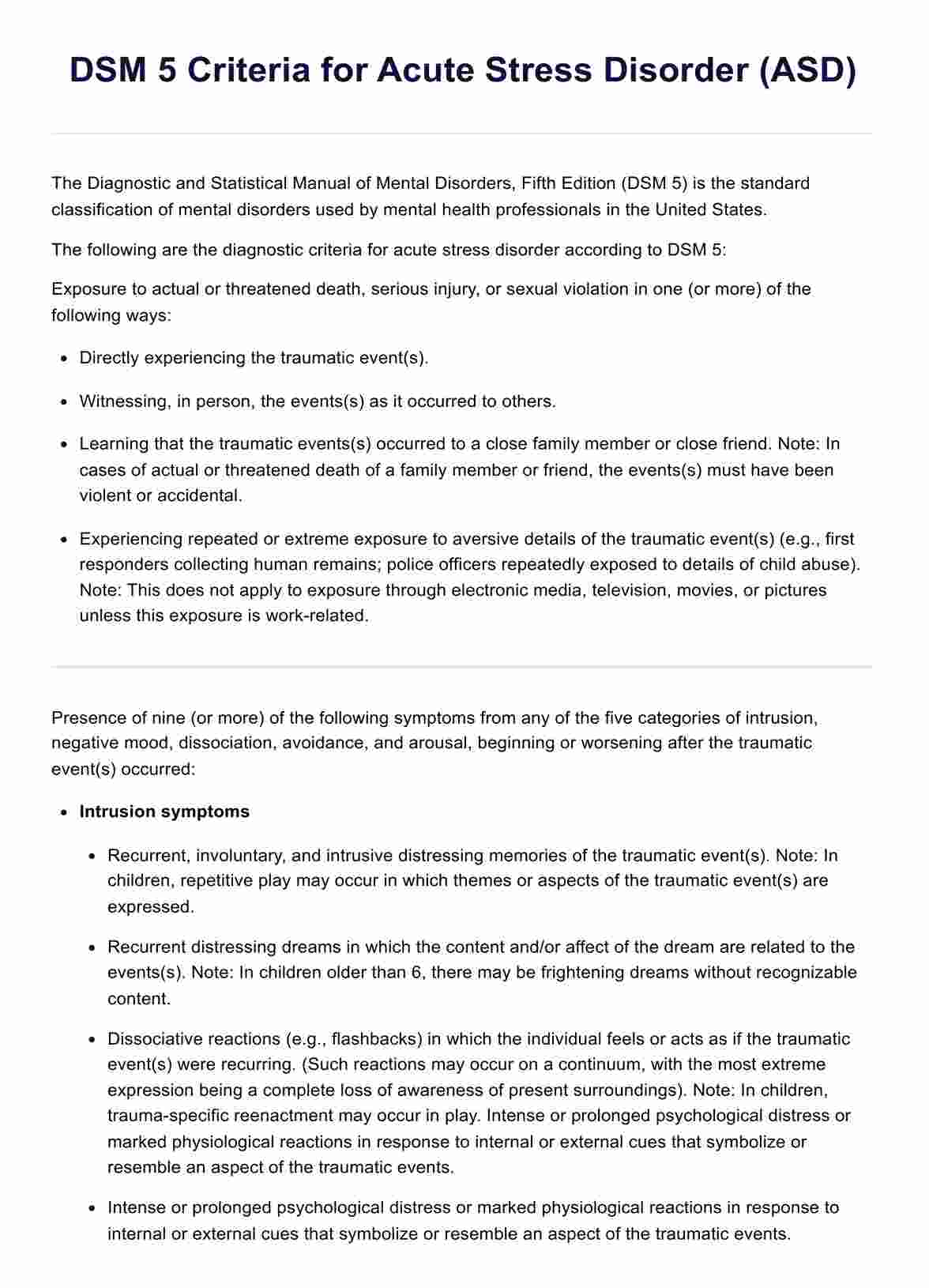
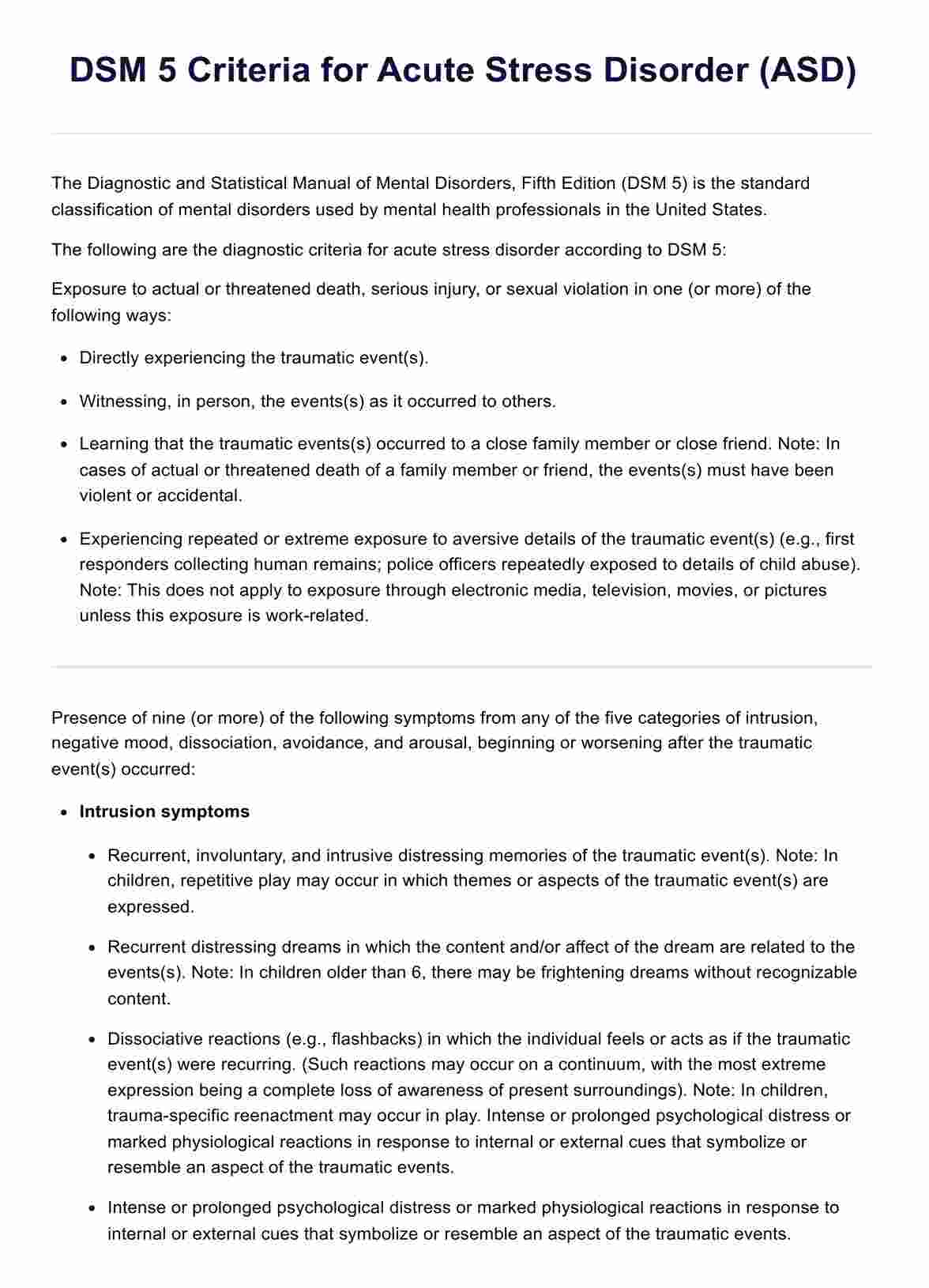

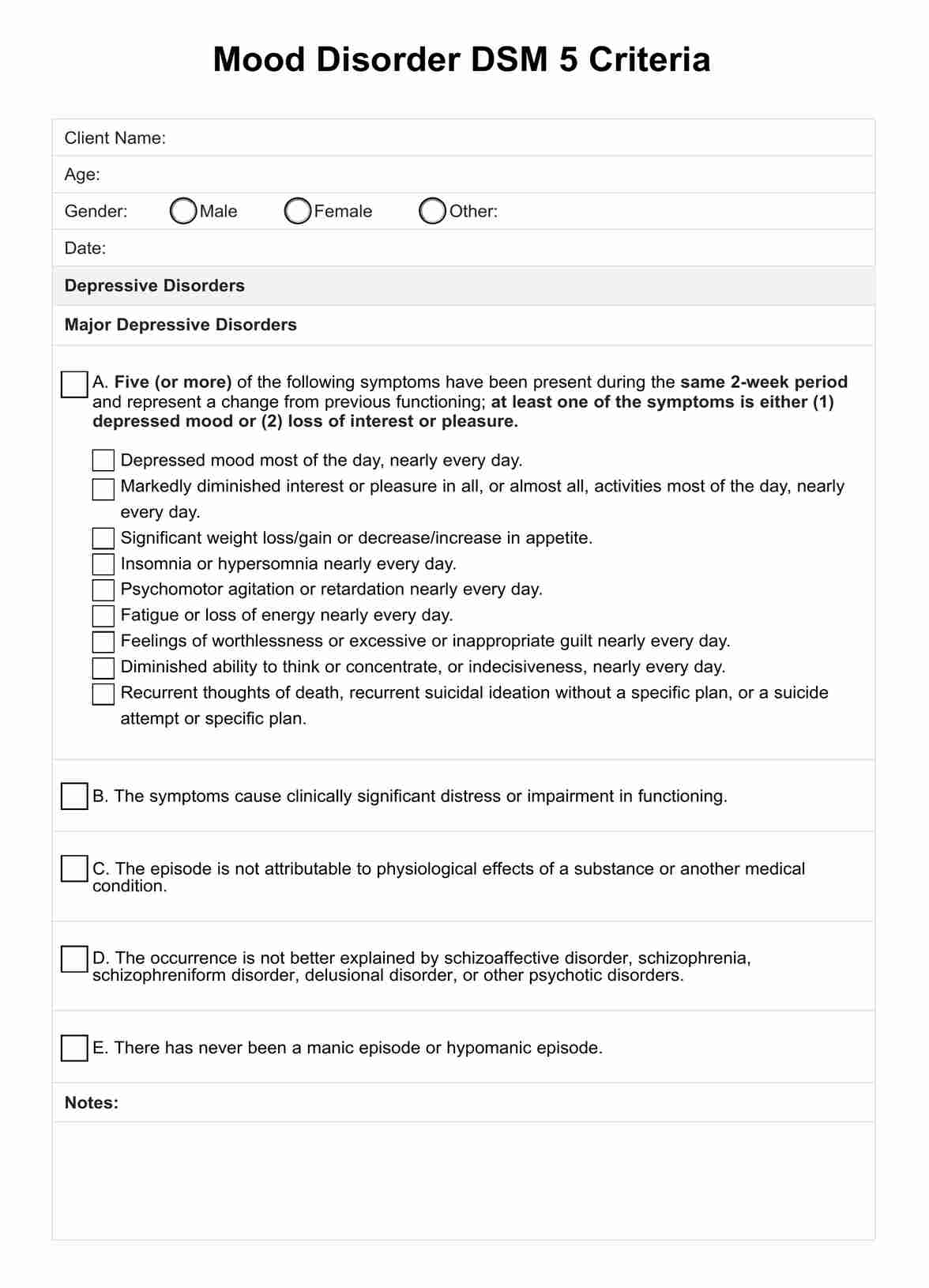
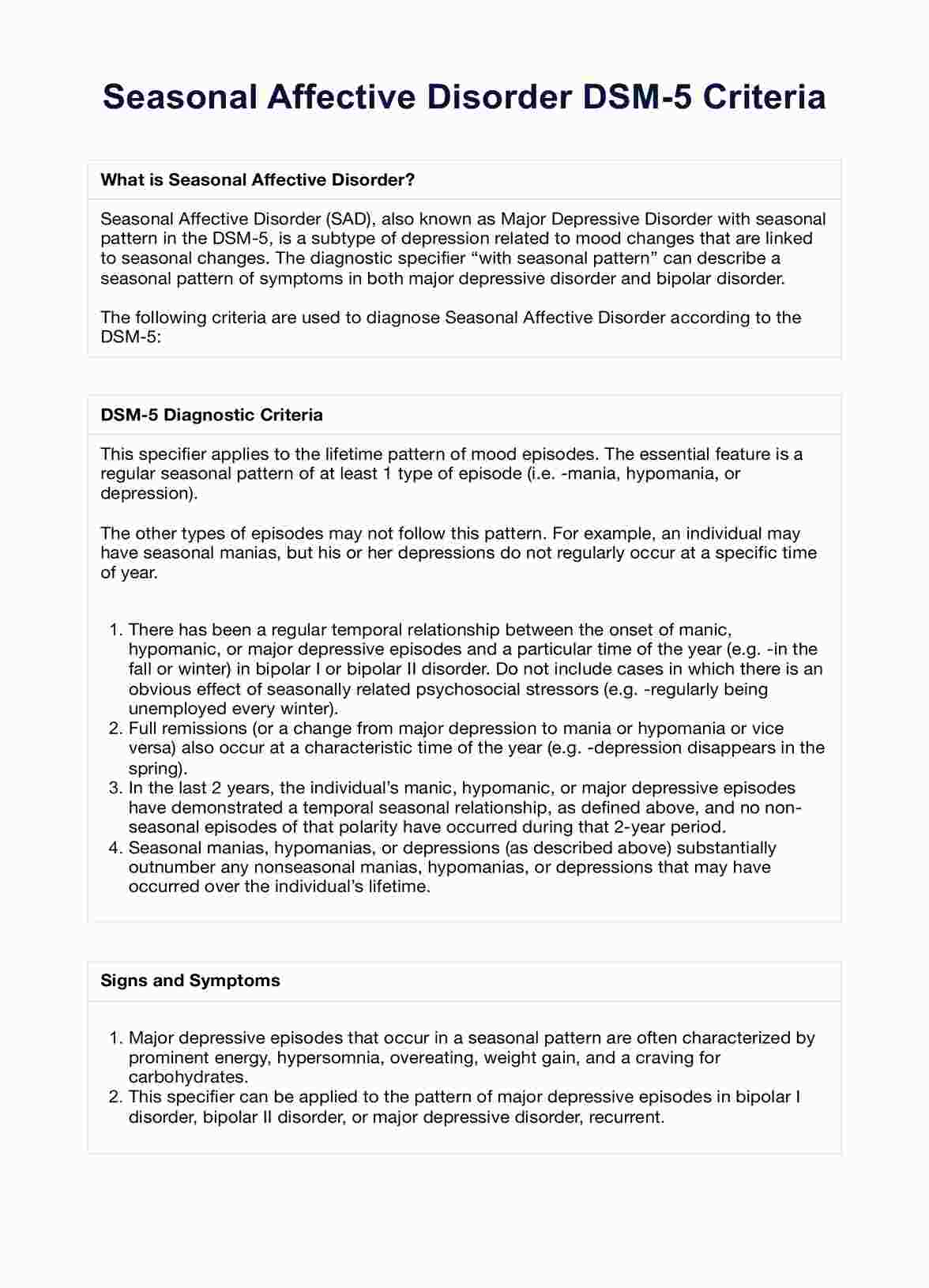
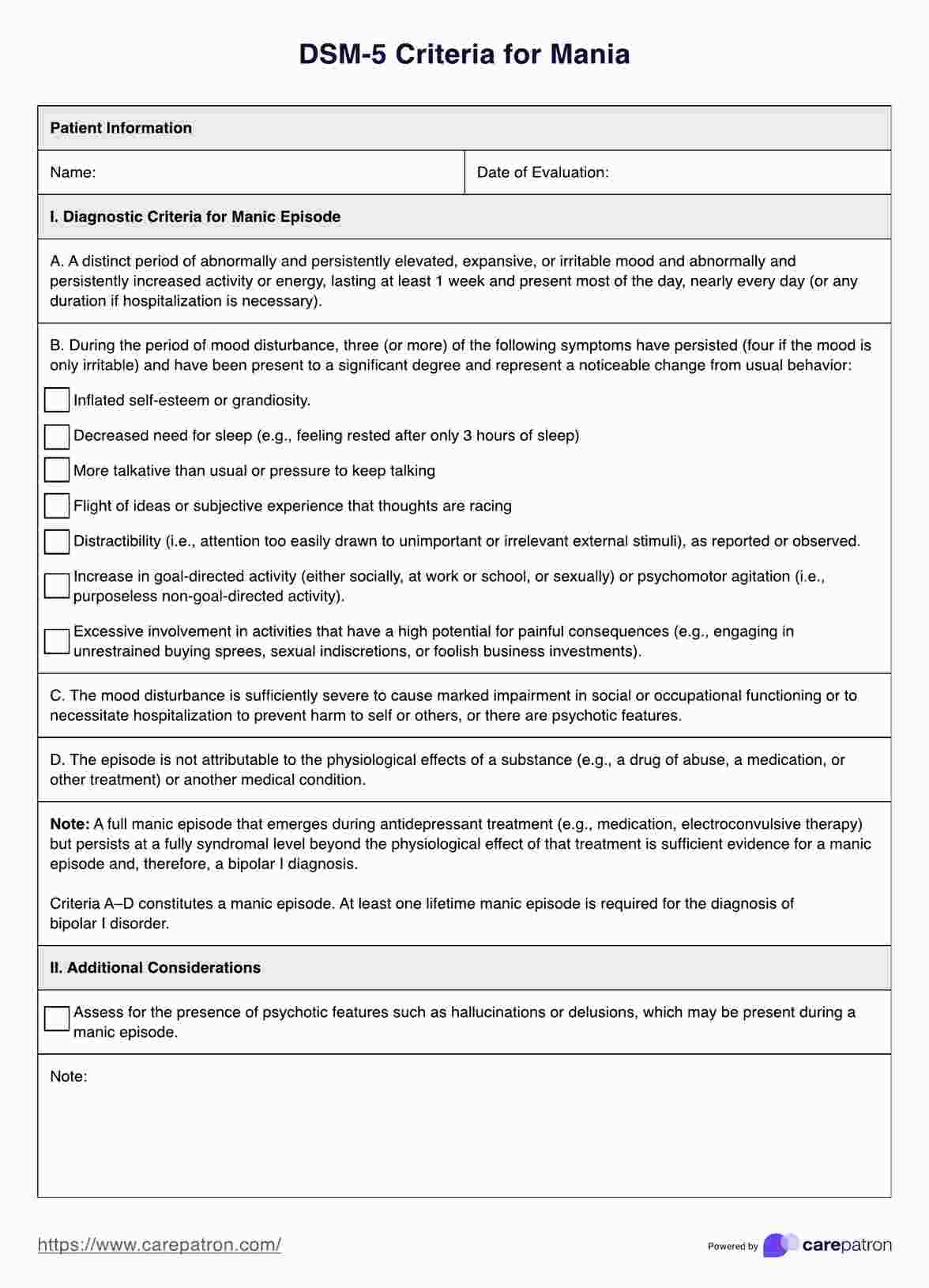
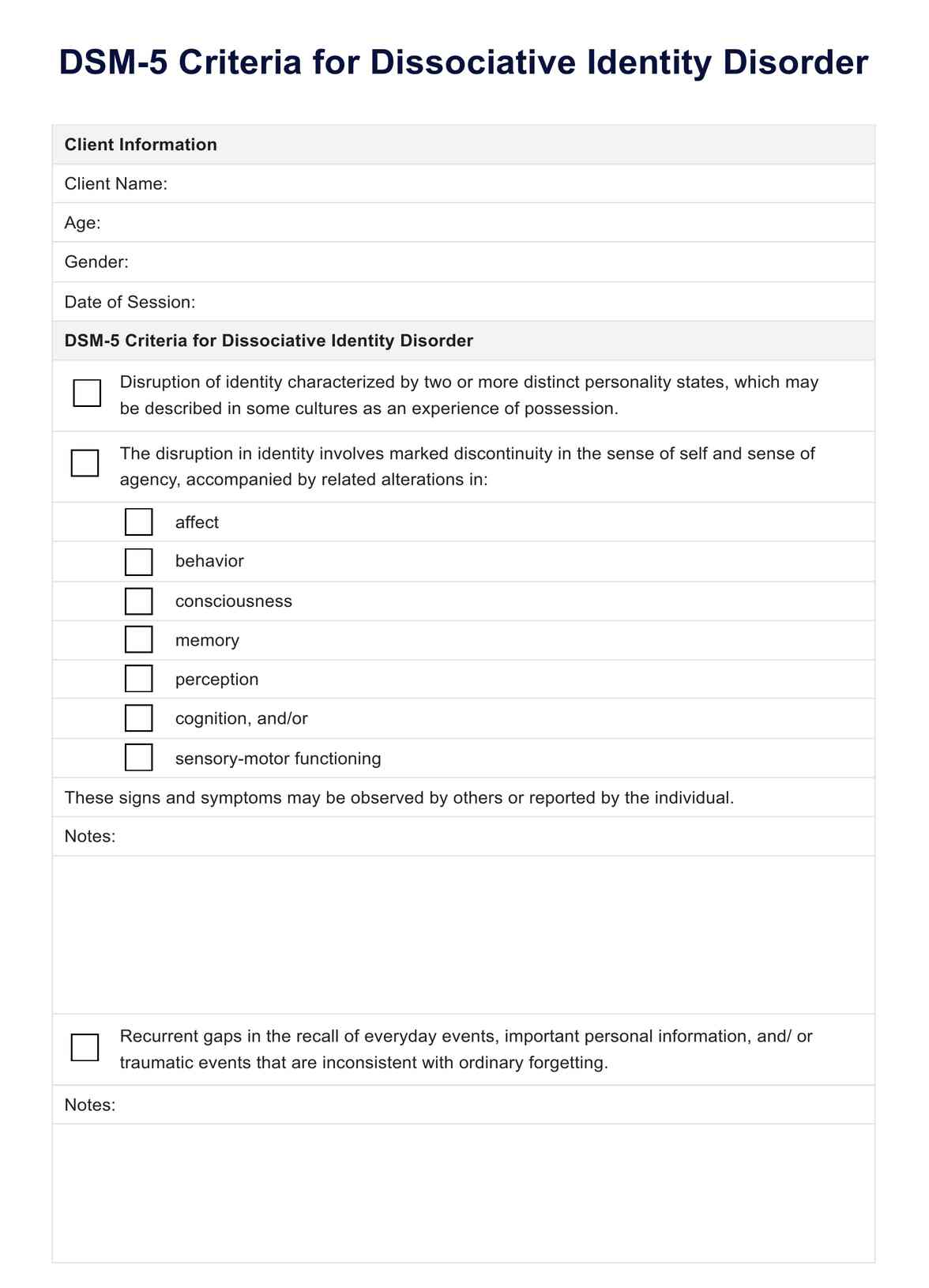
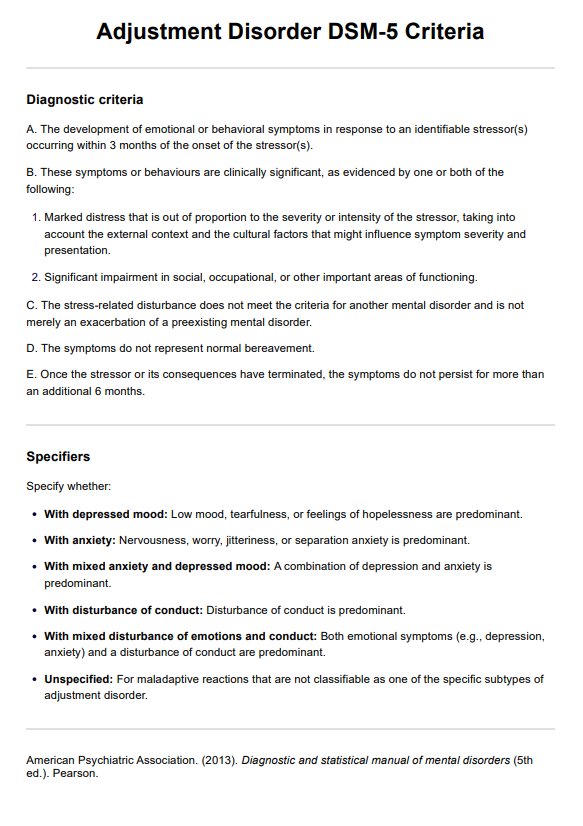
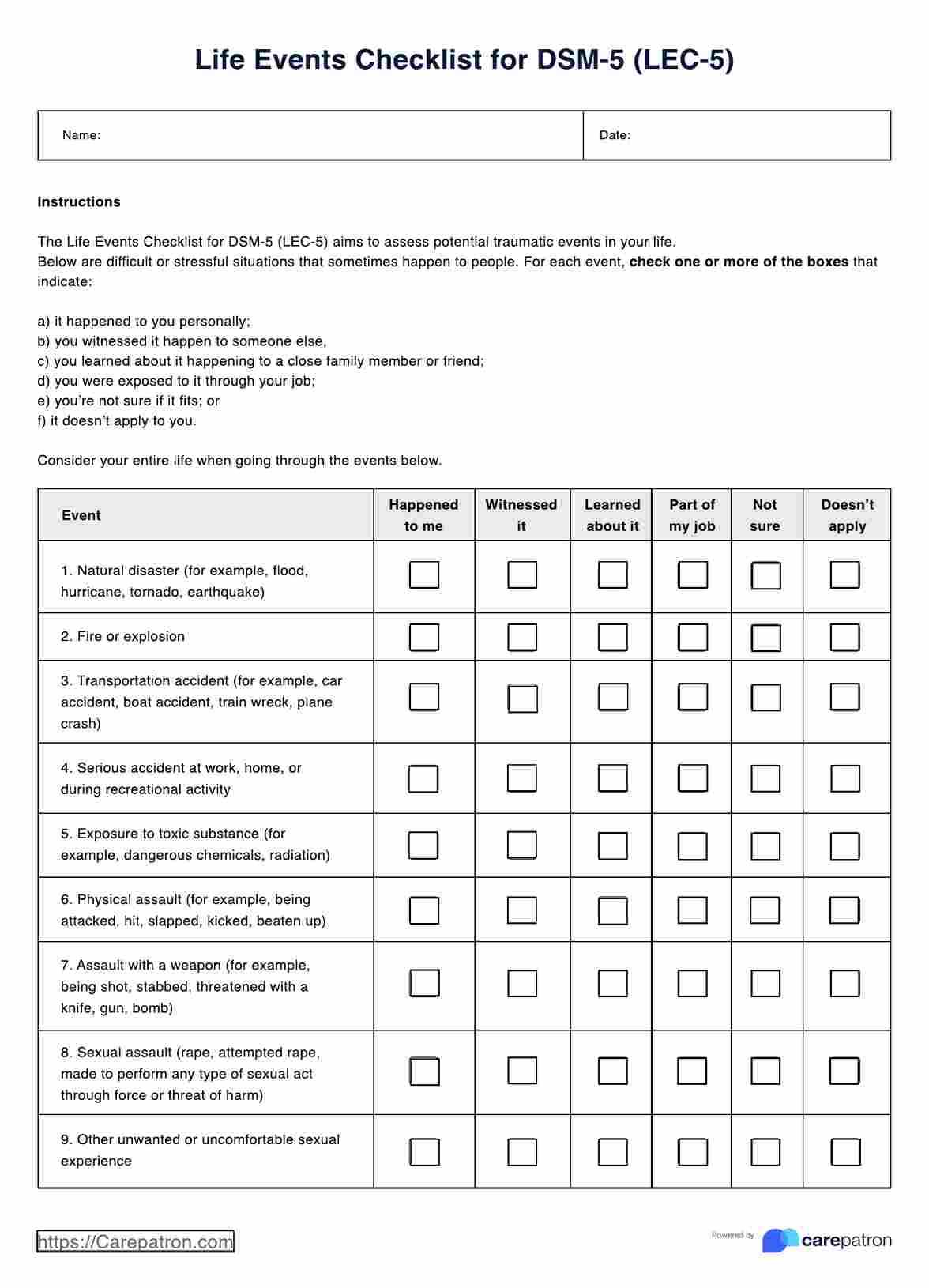
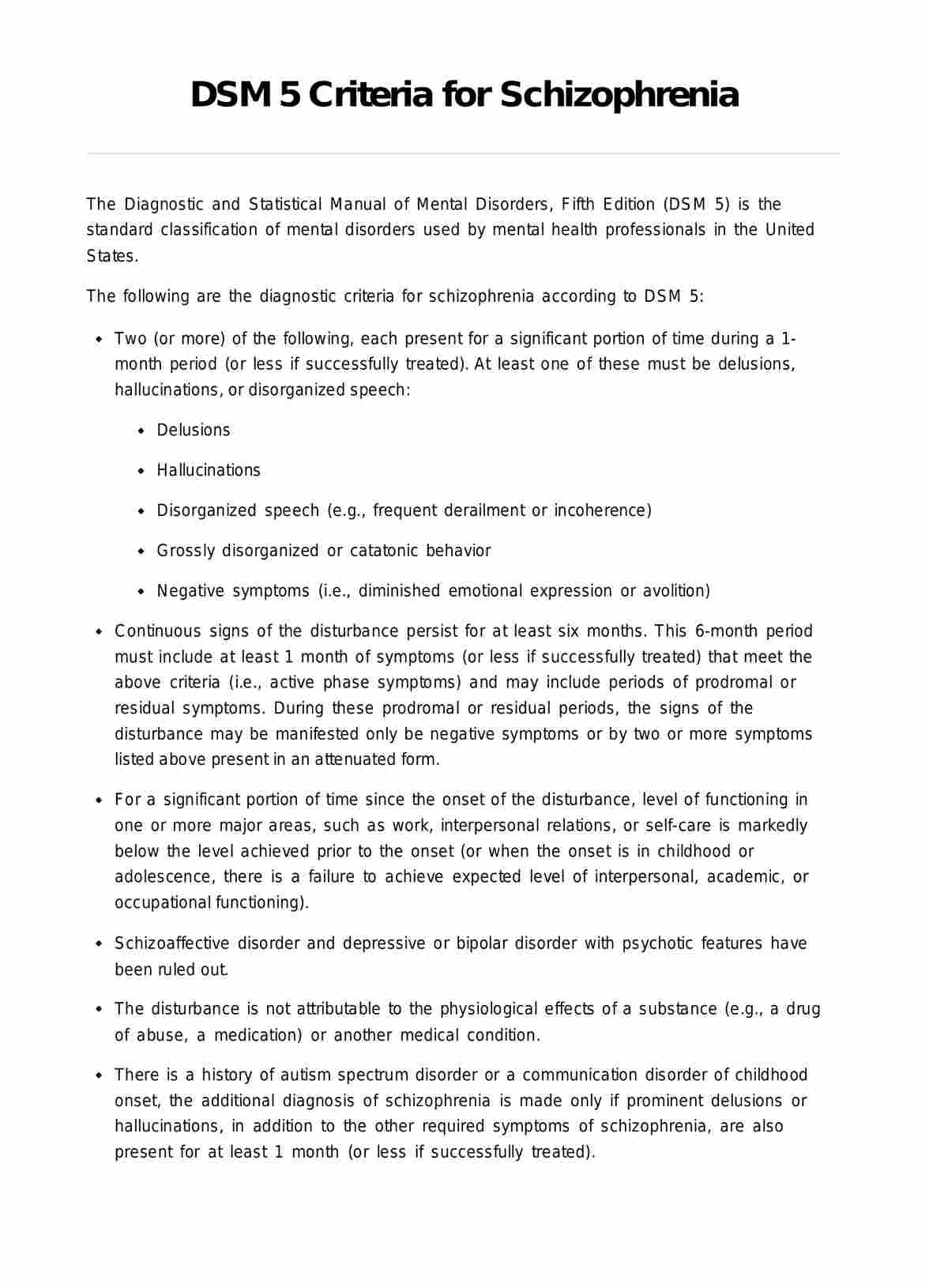
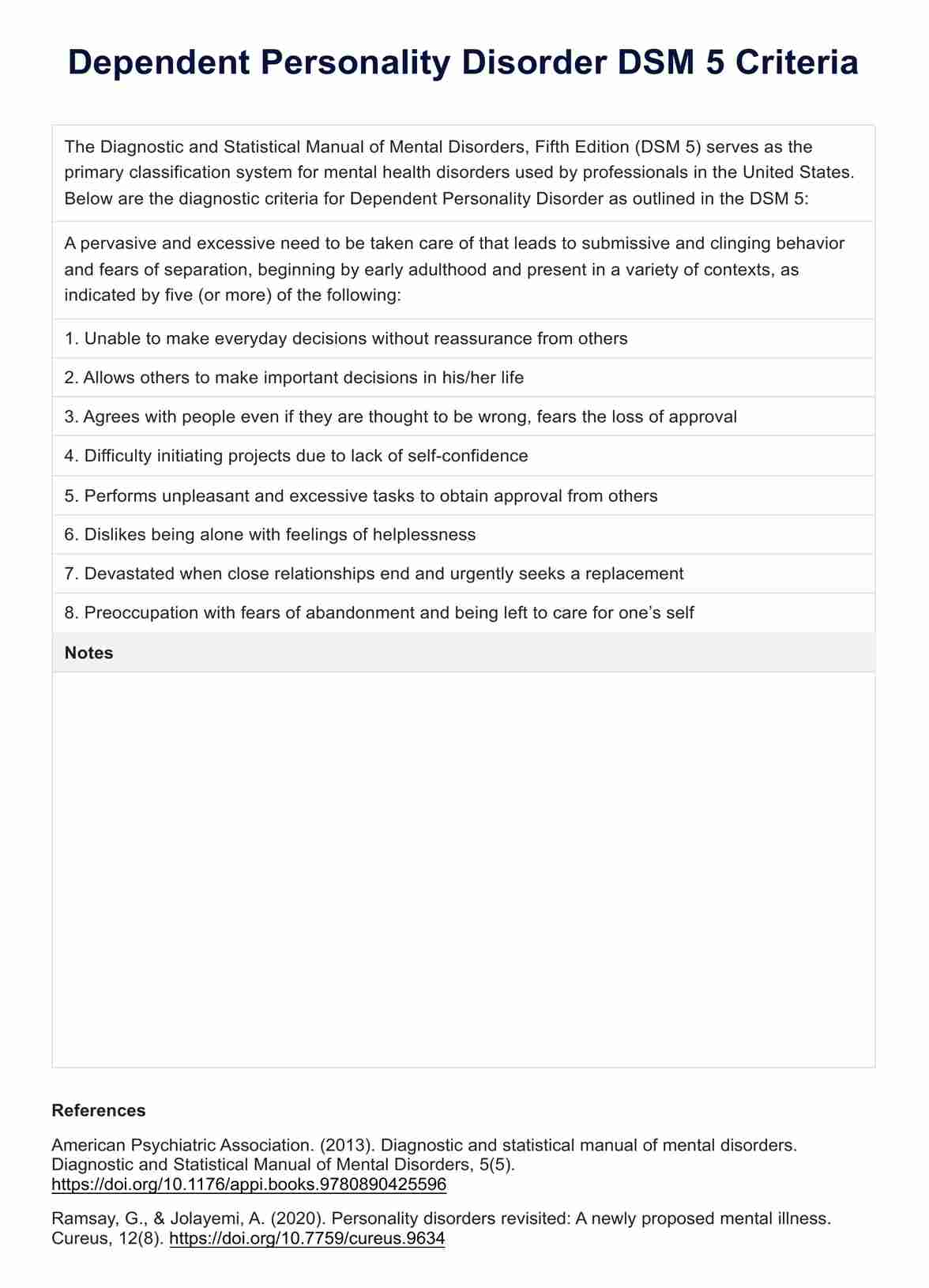
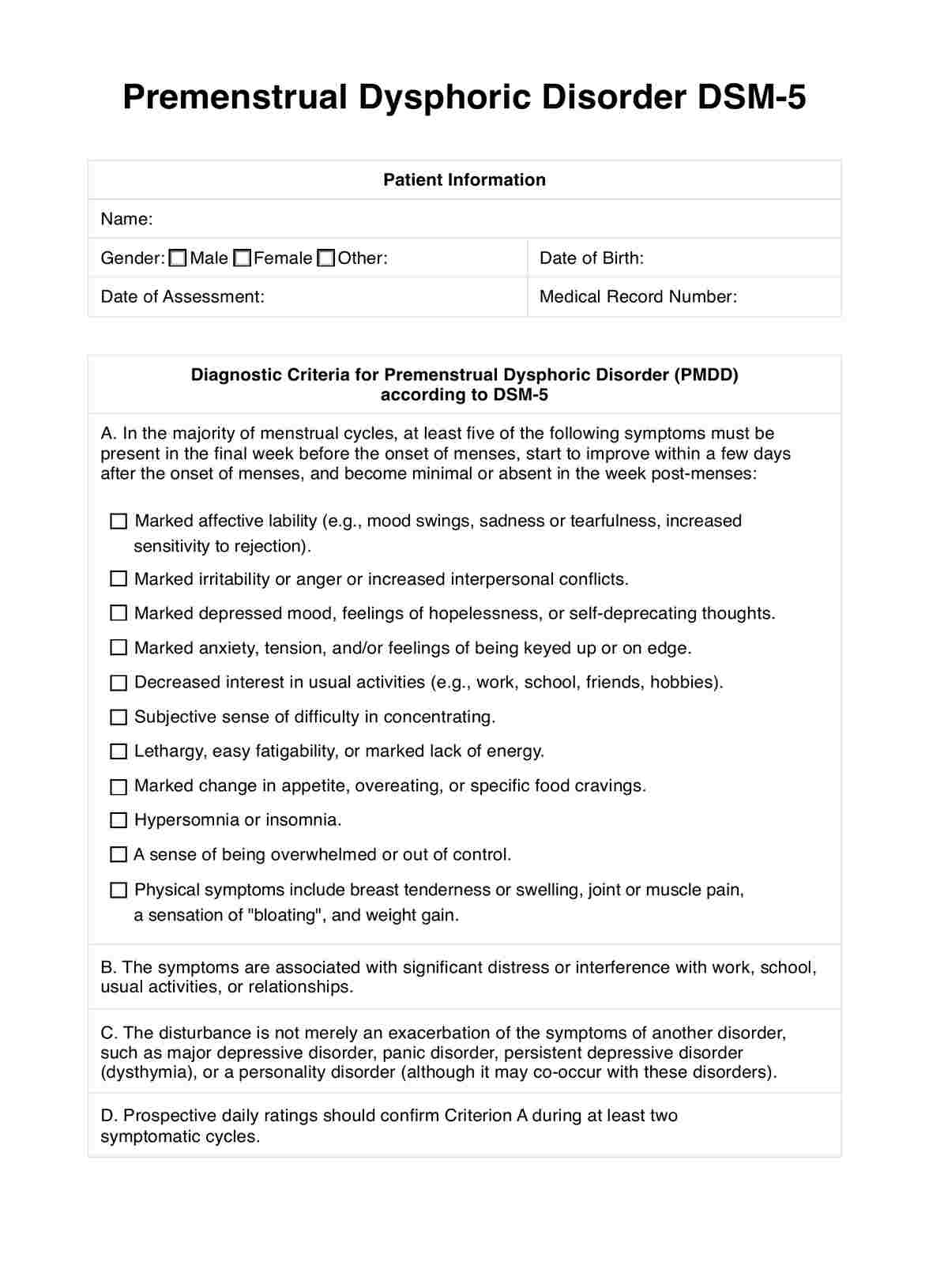
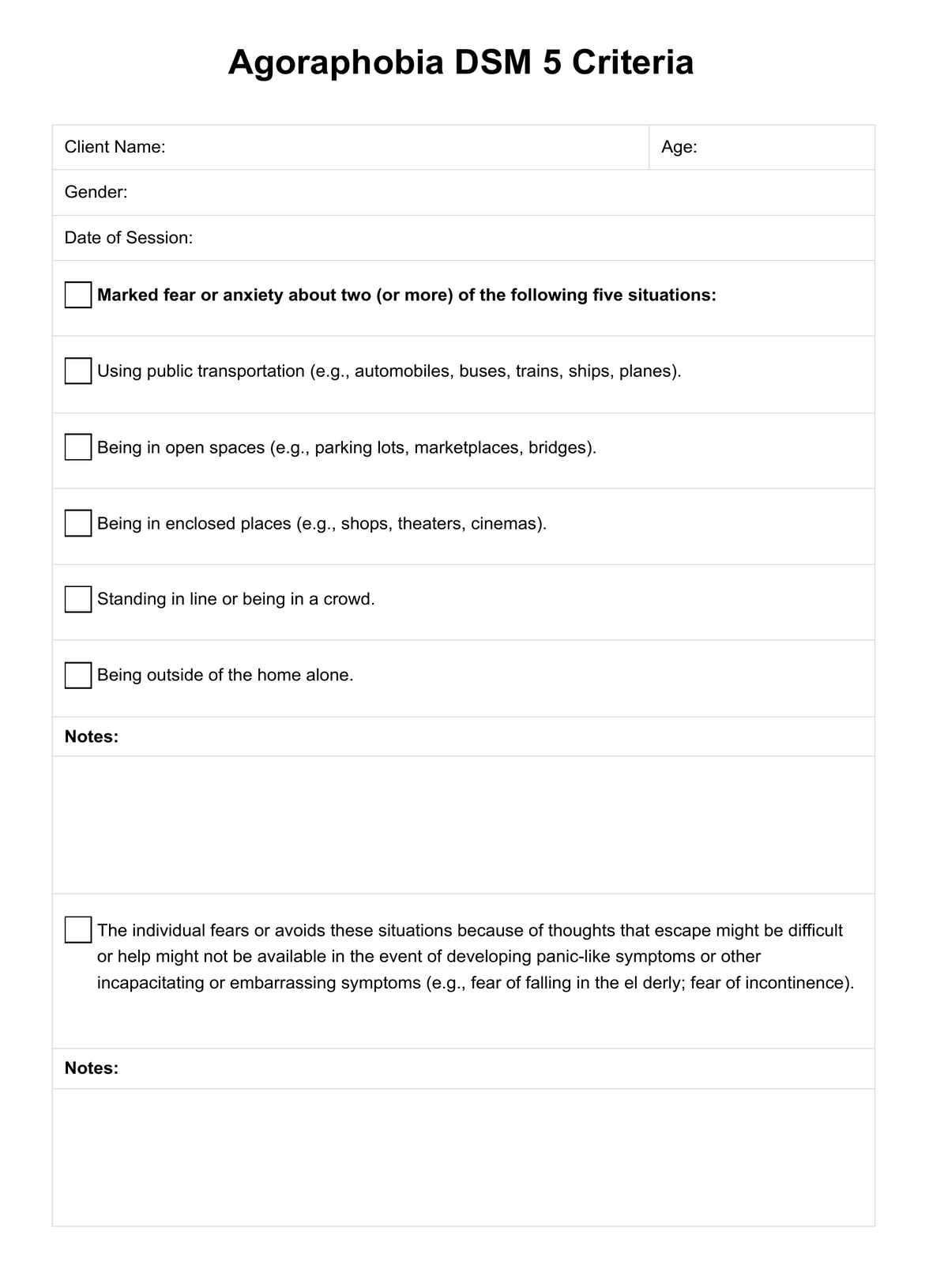
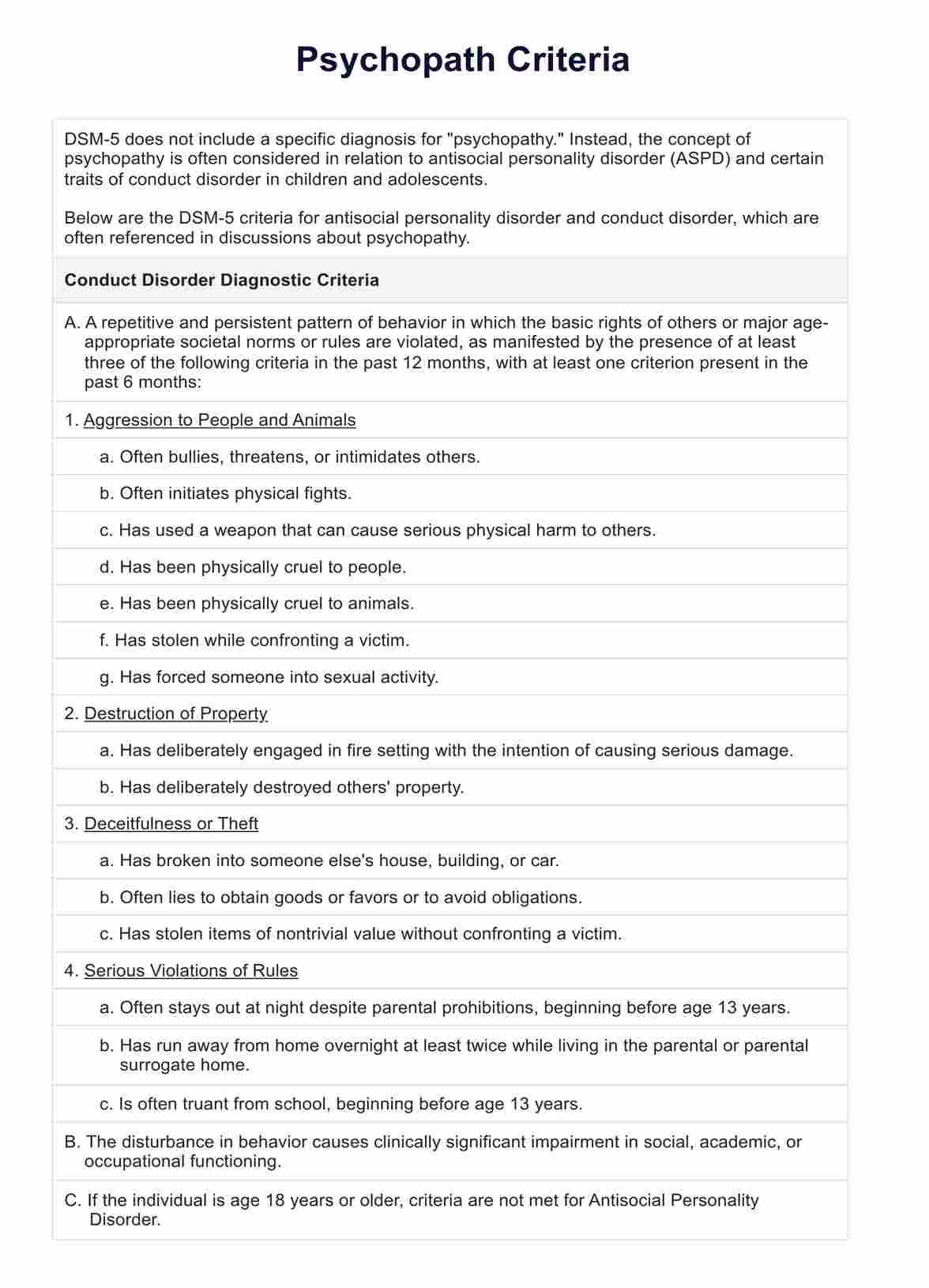
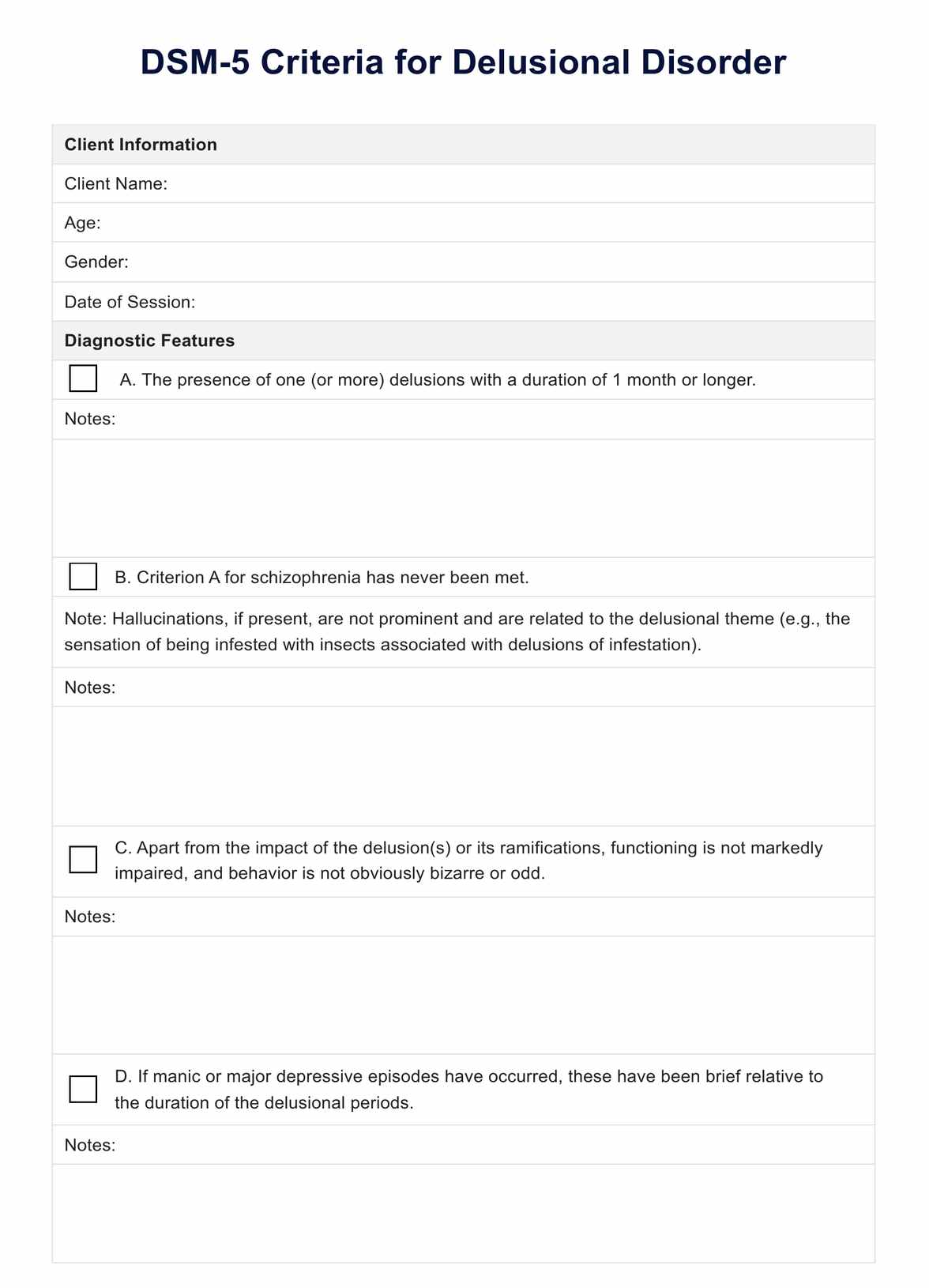
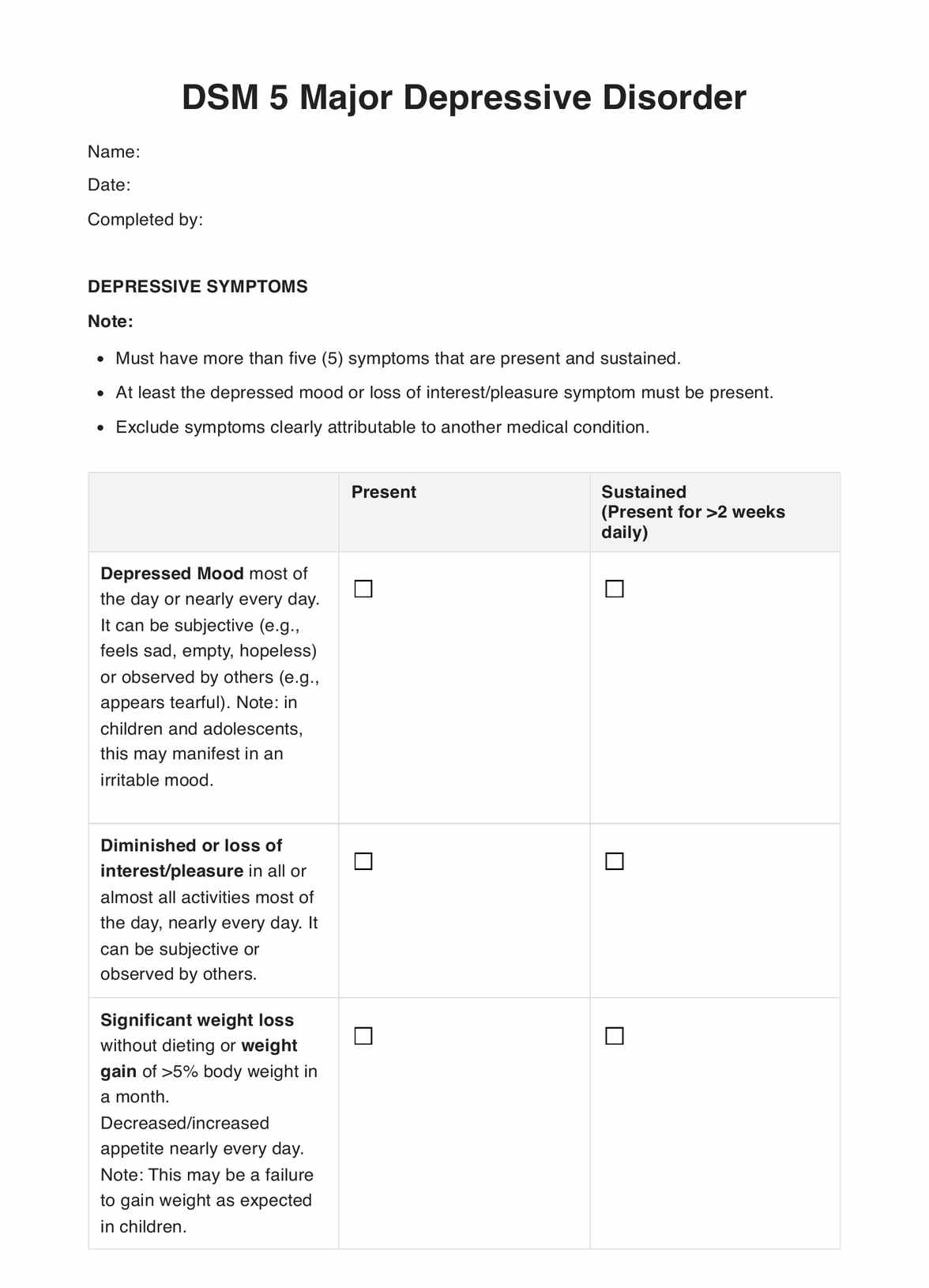
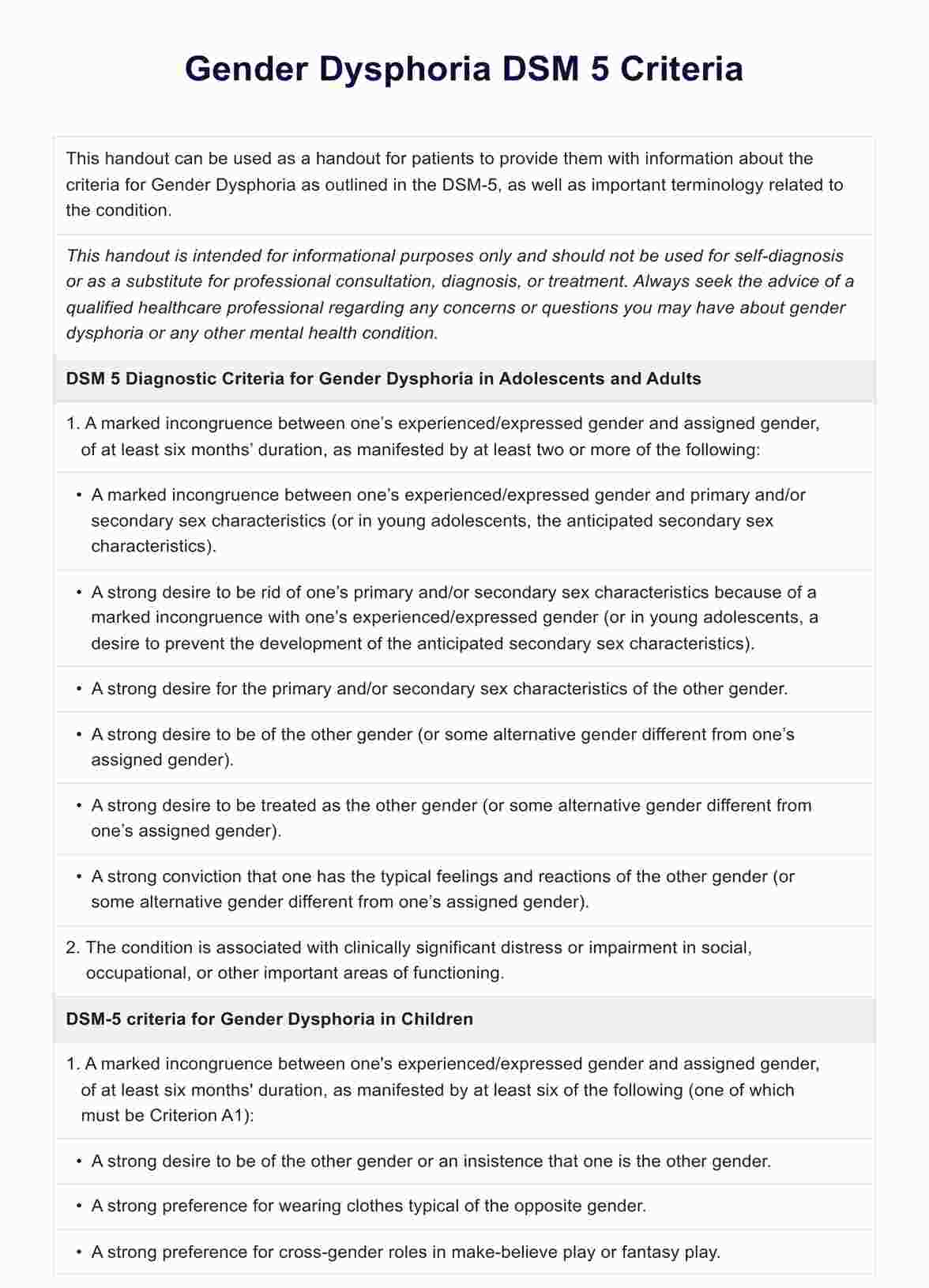
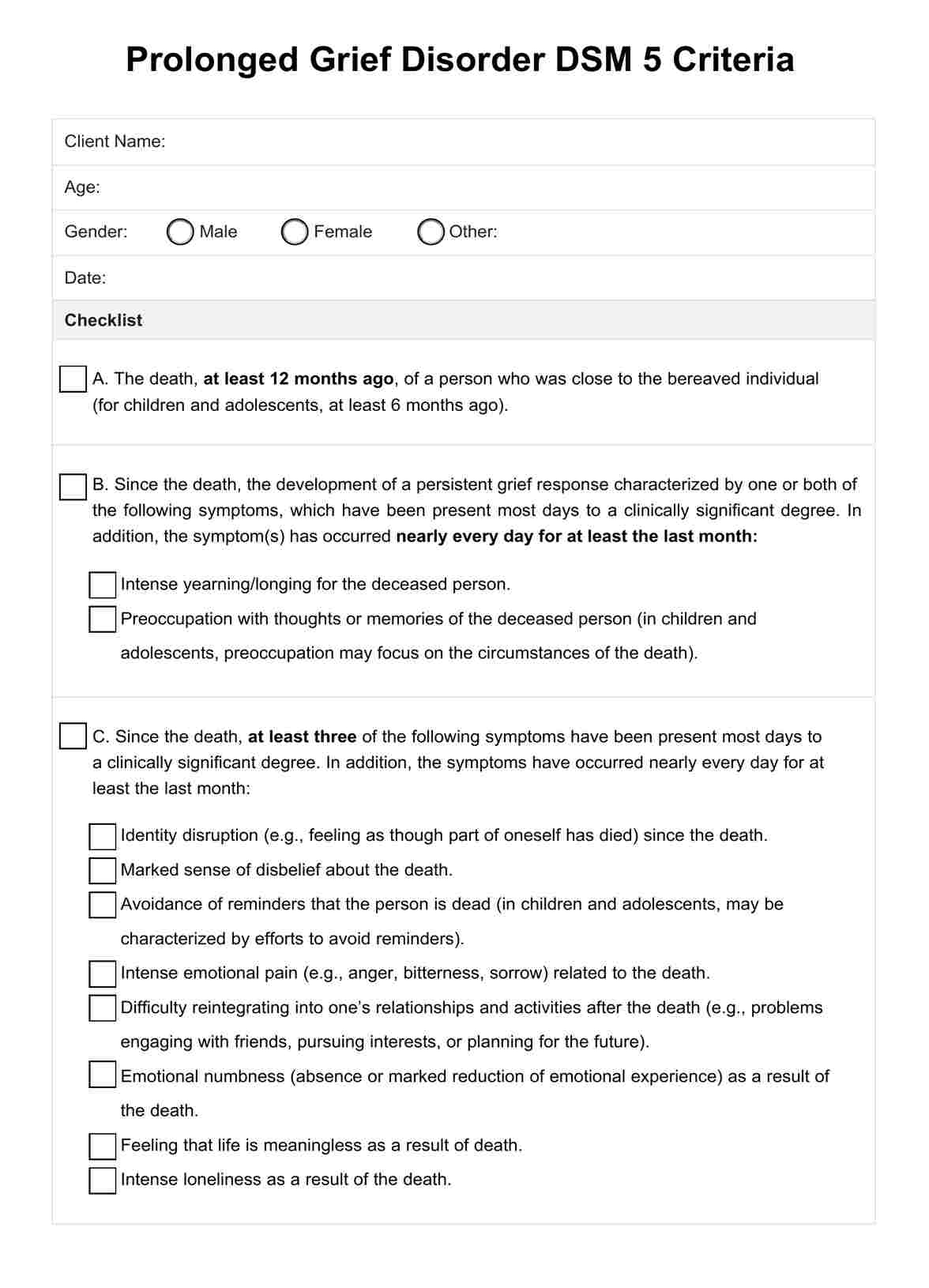
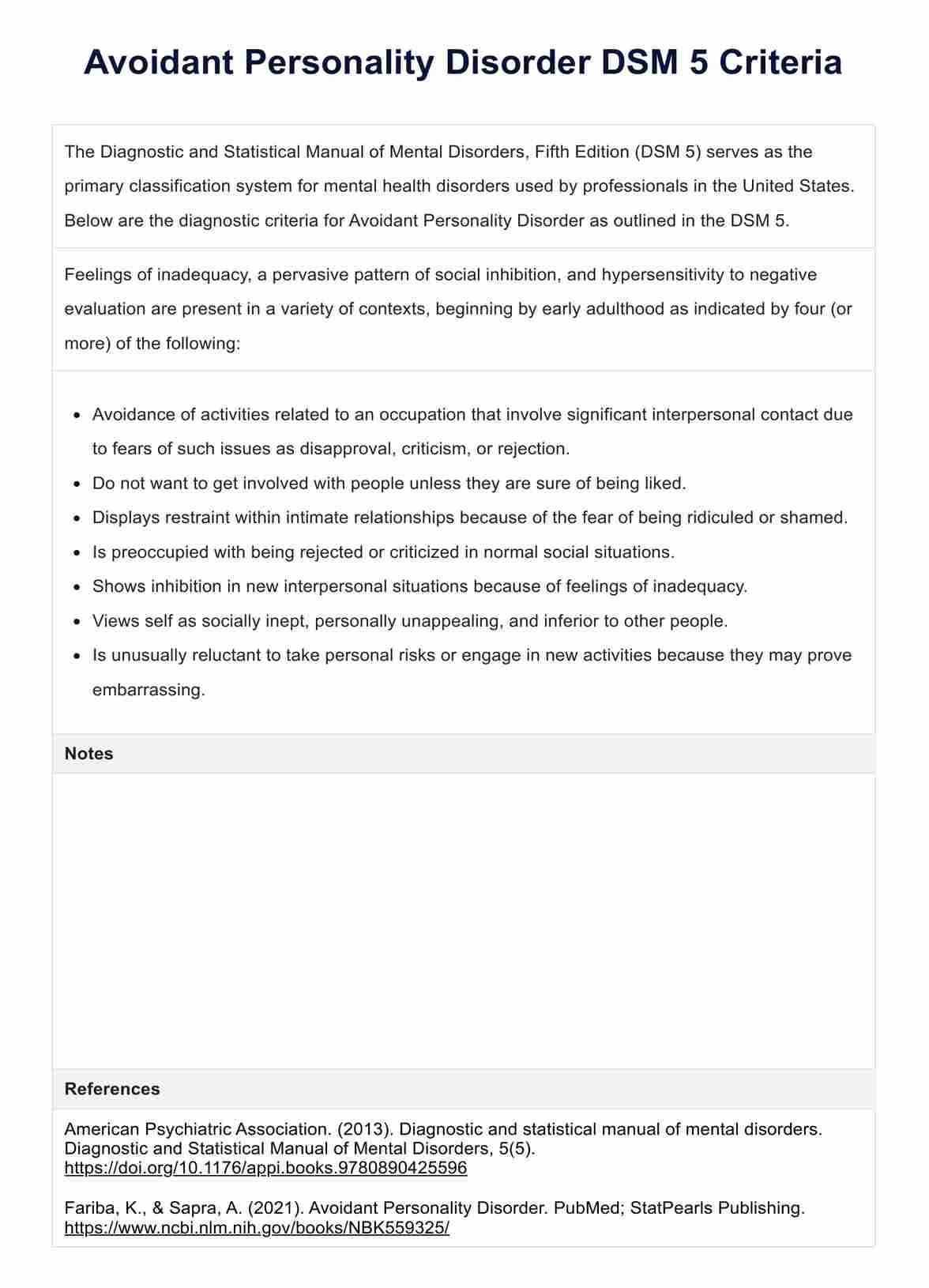
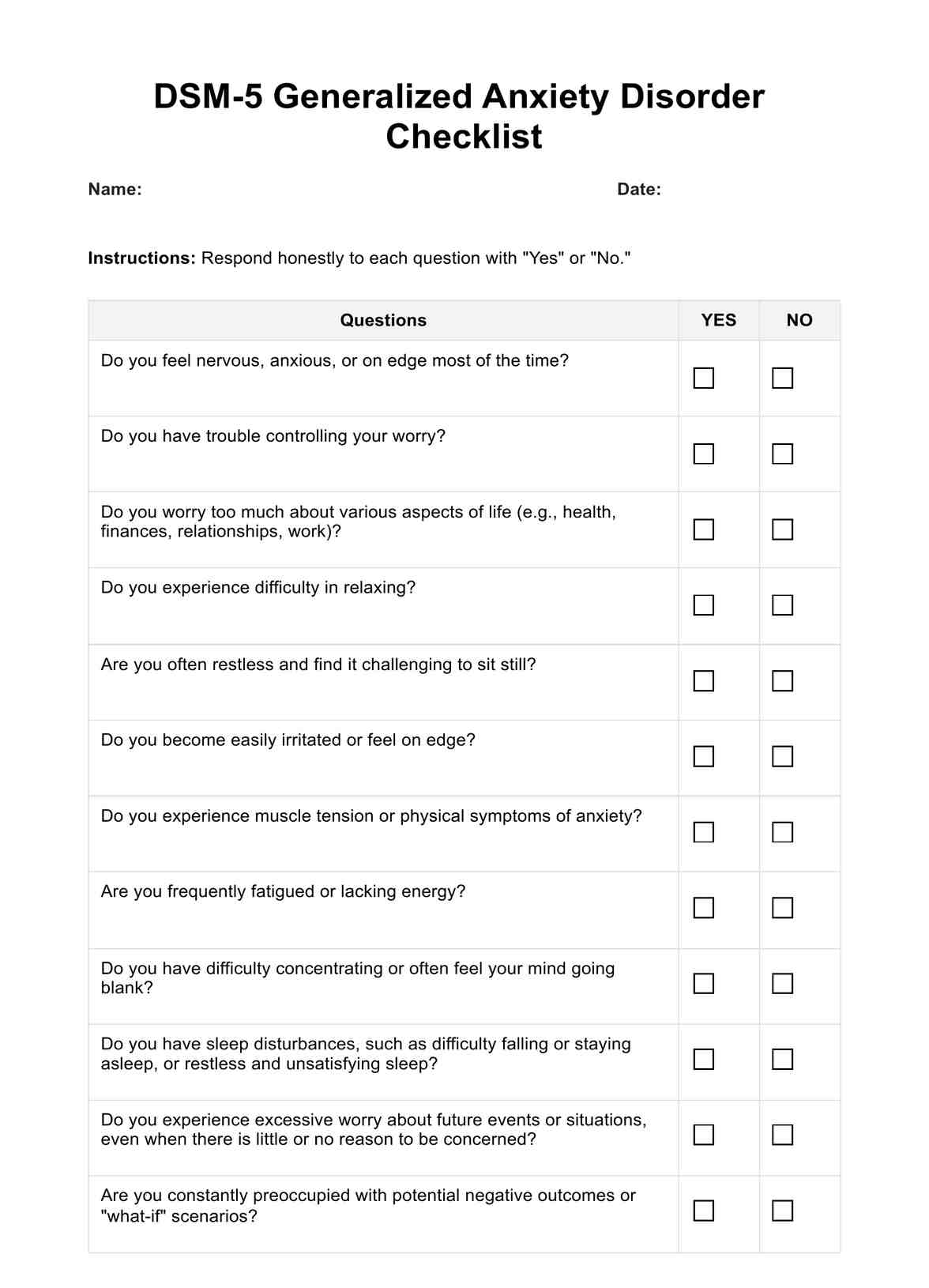
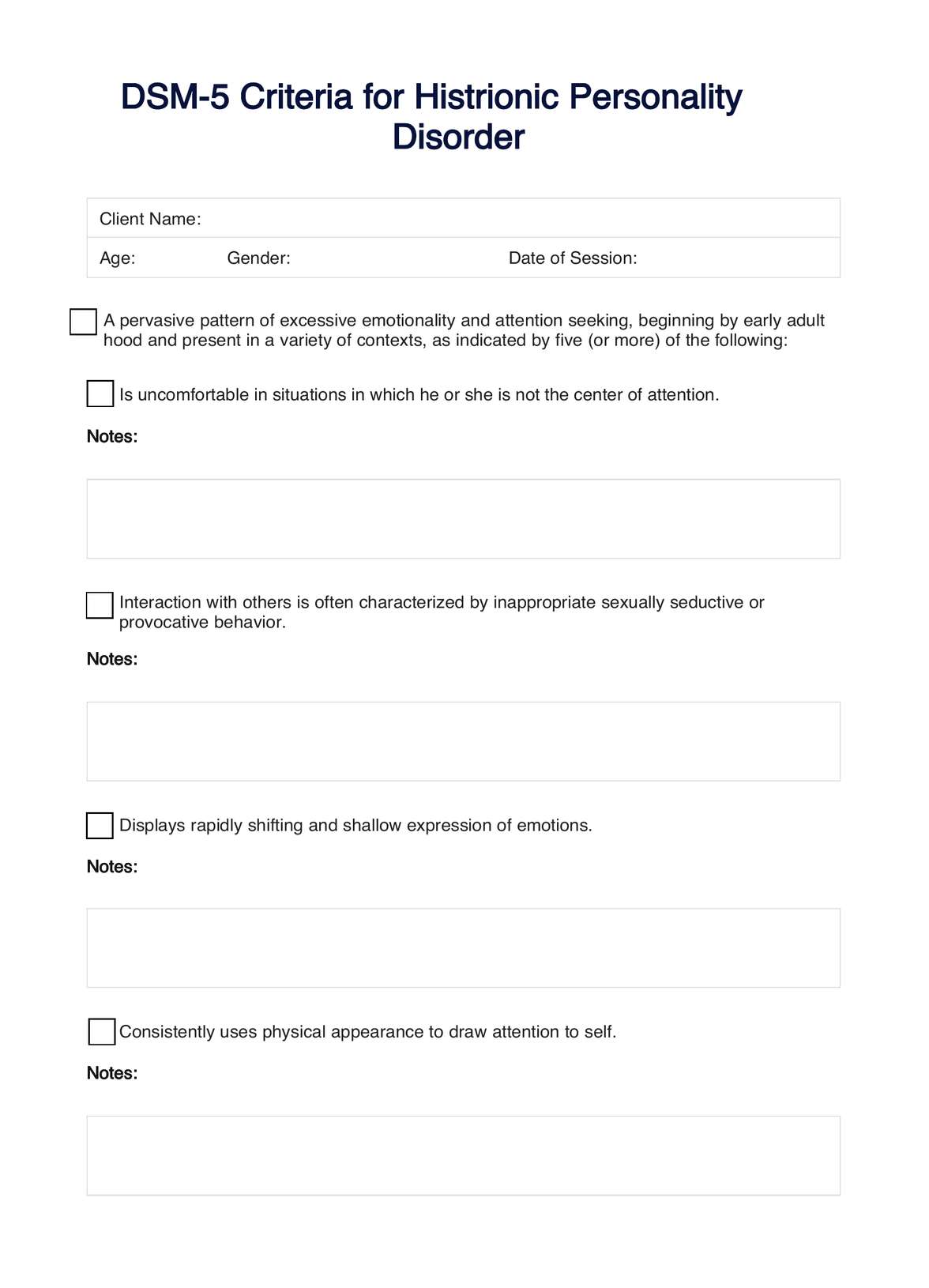
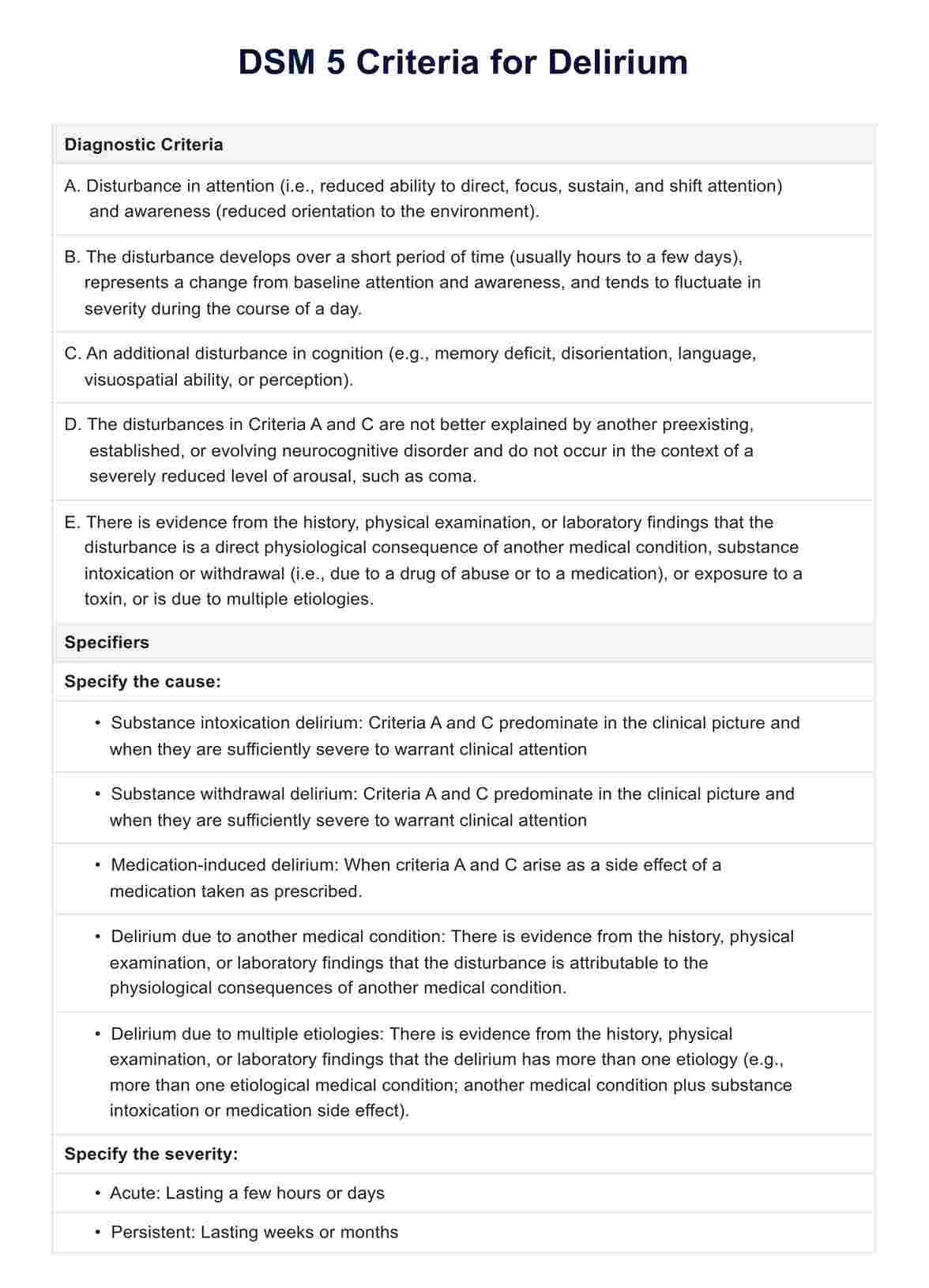
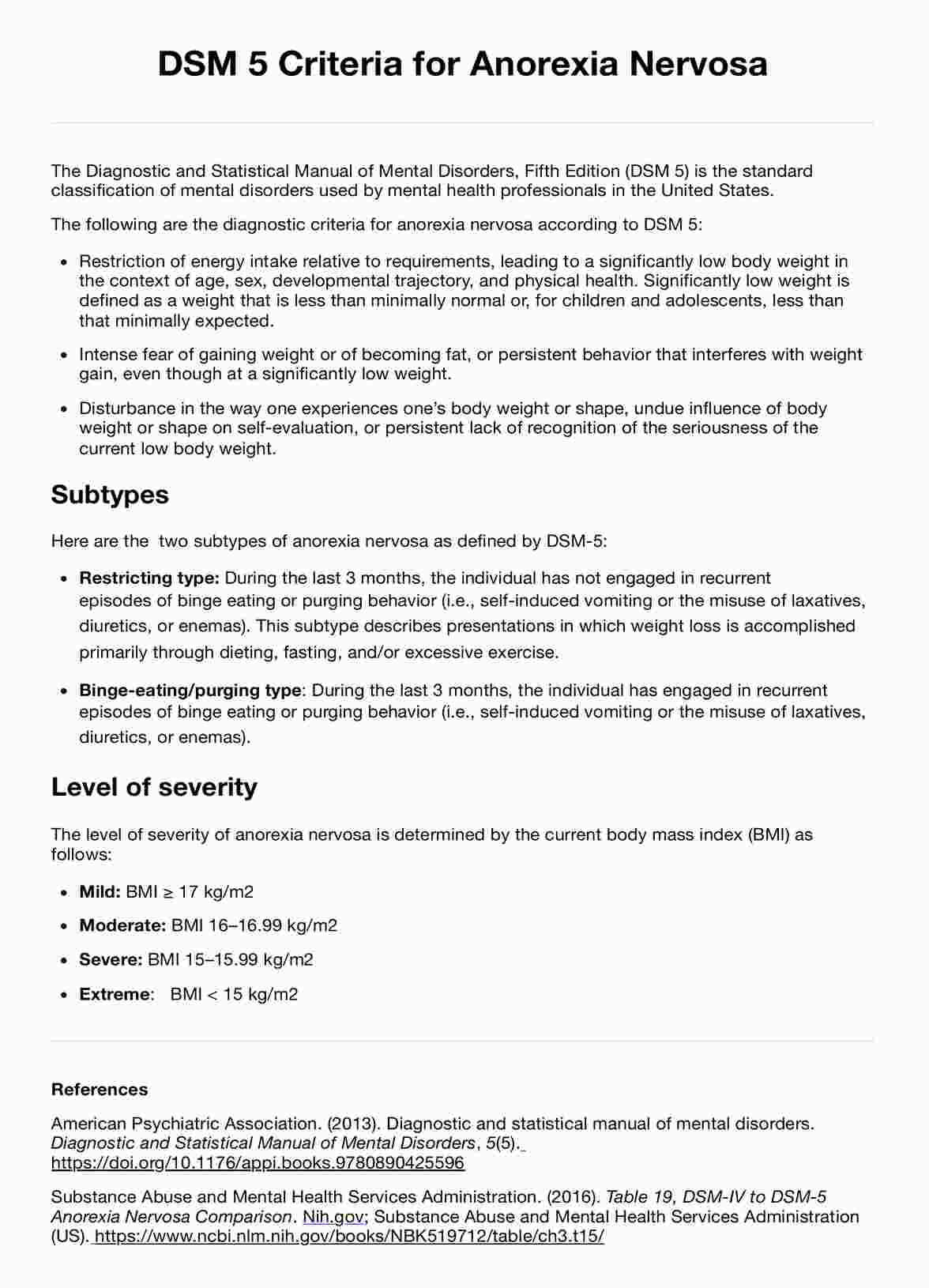
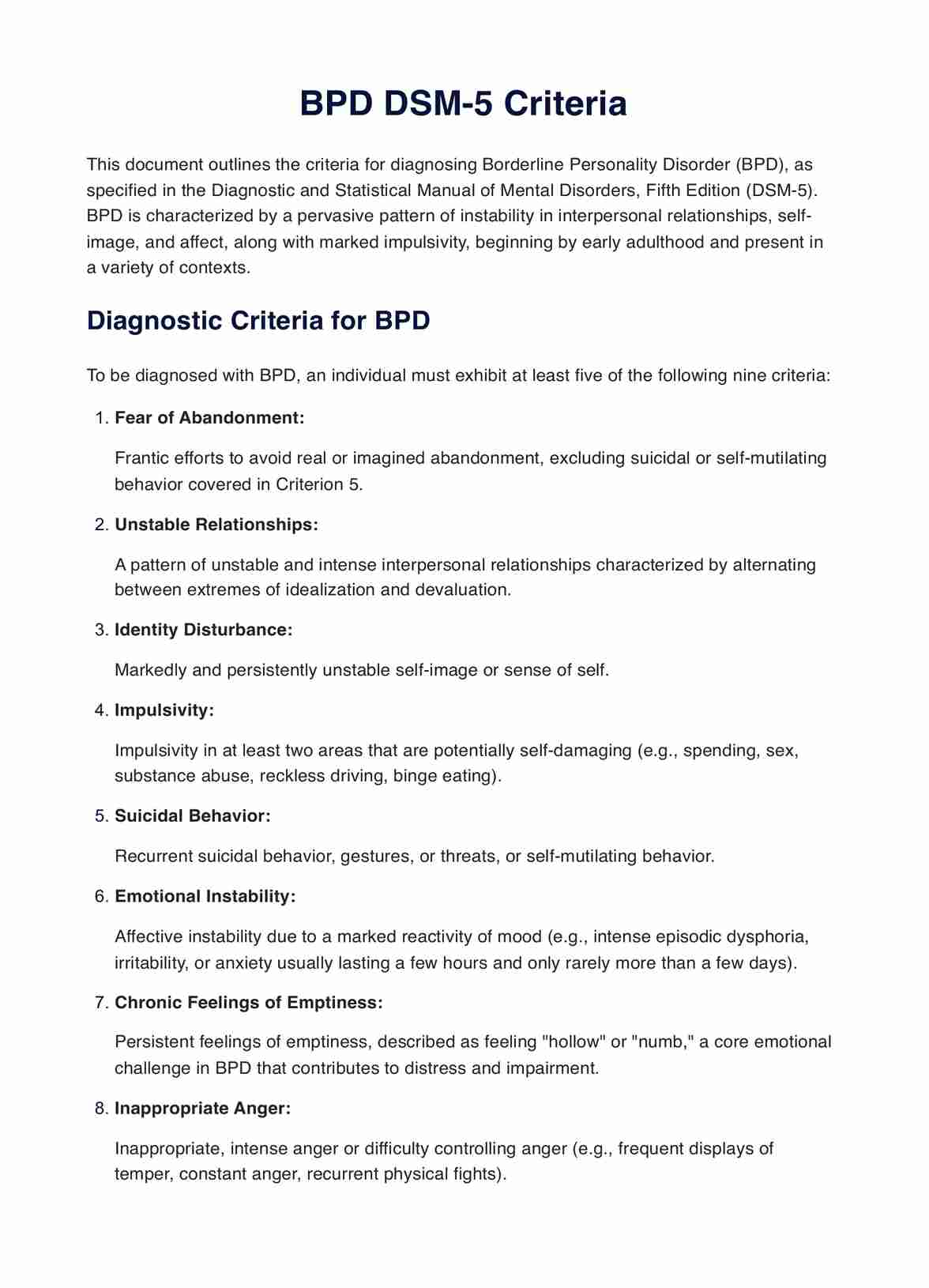
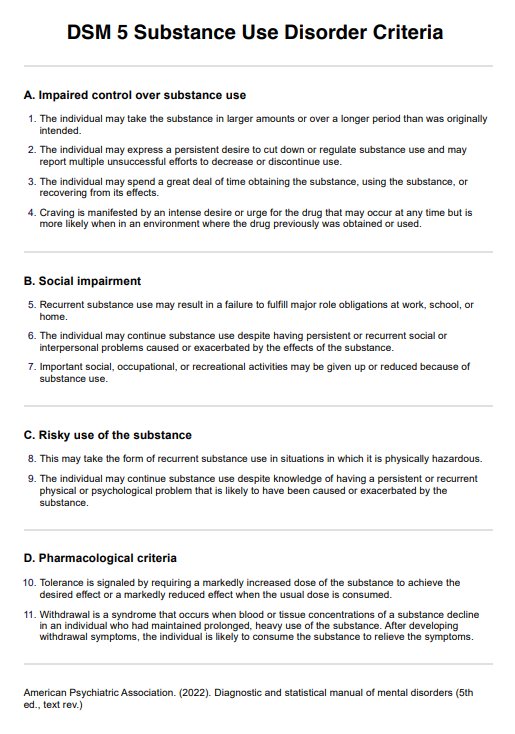
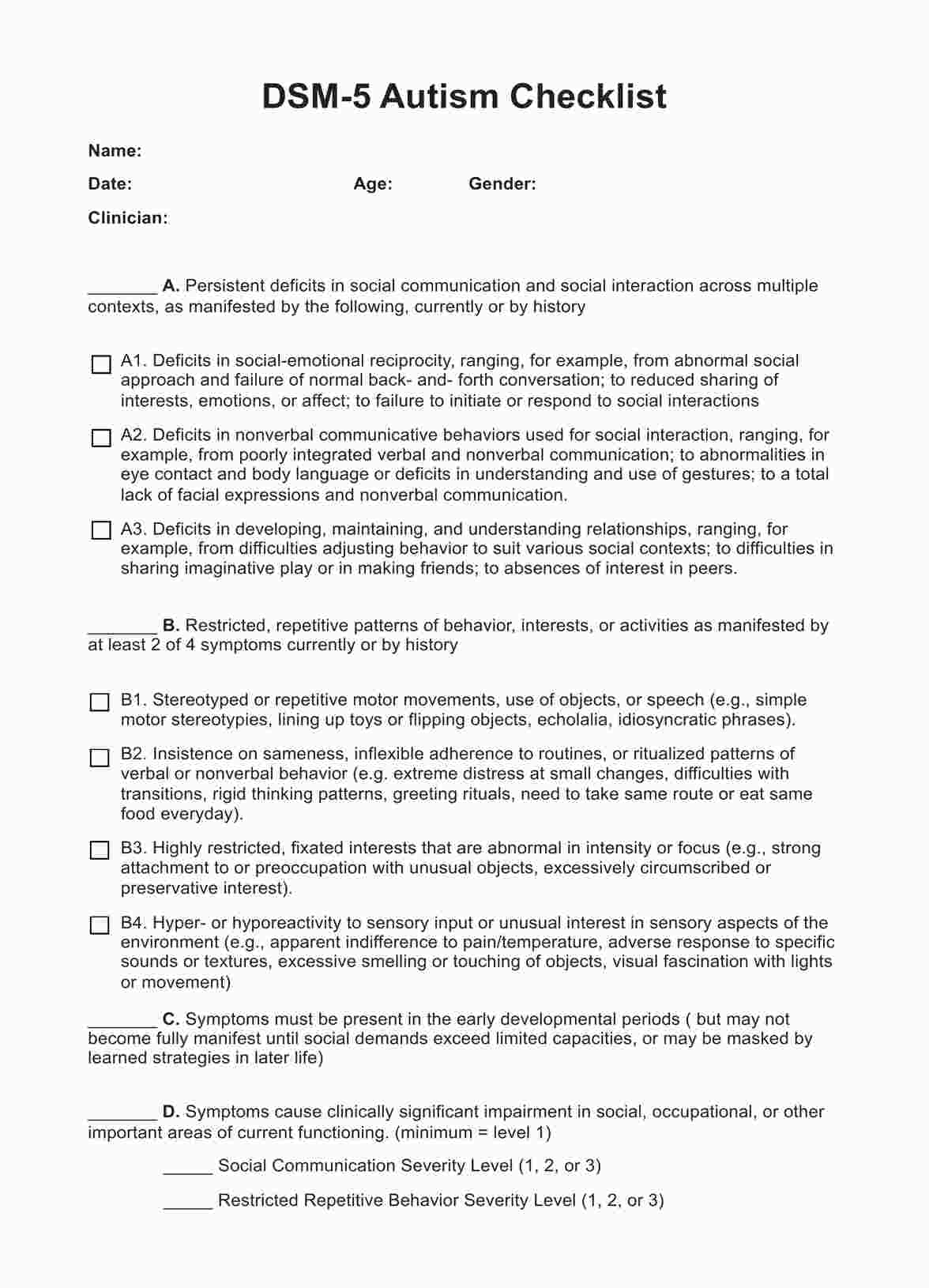
















-template.jpg)






















































































